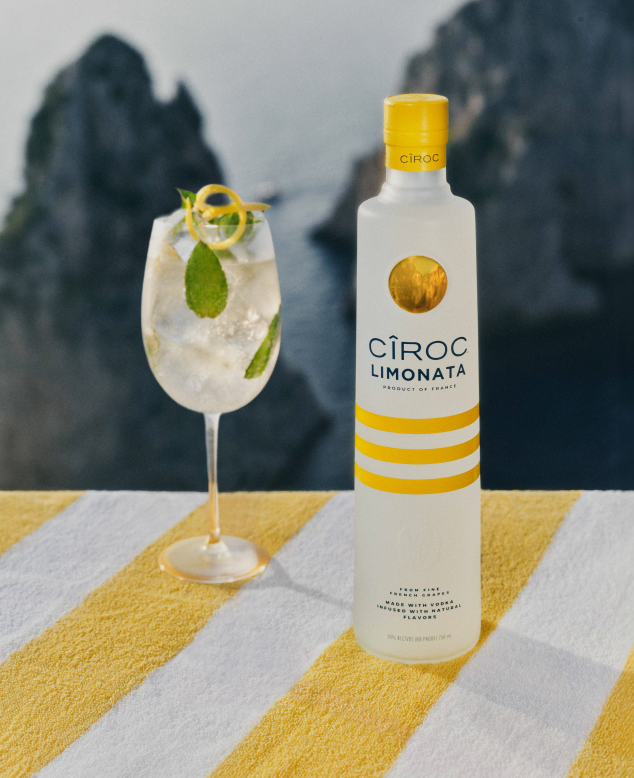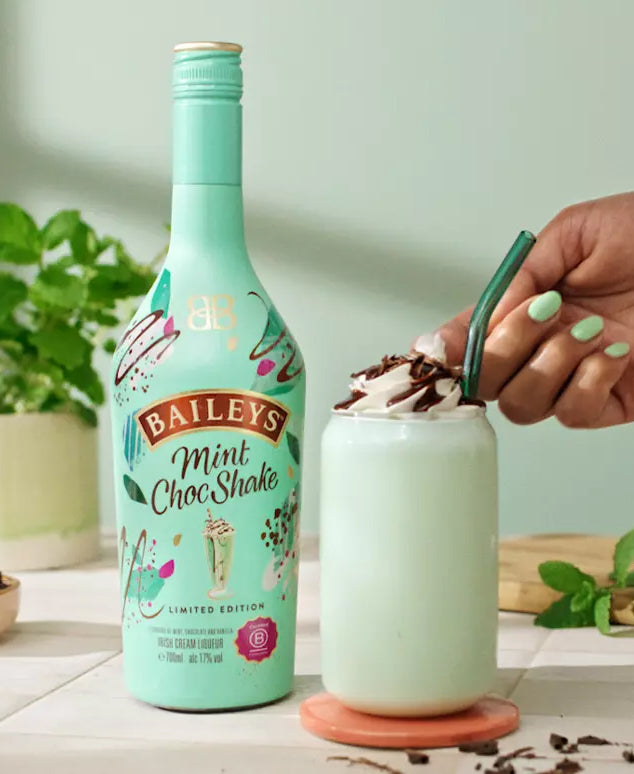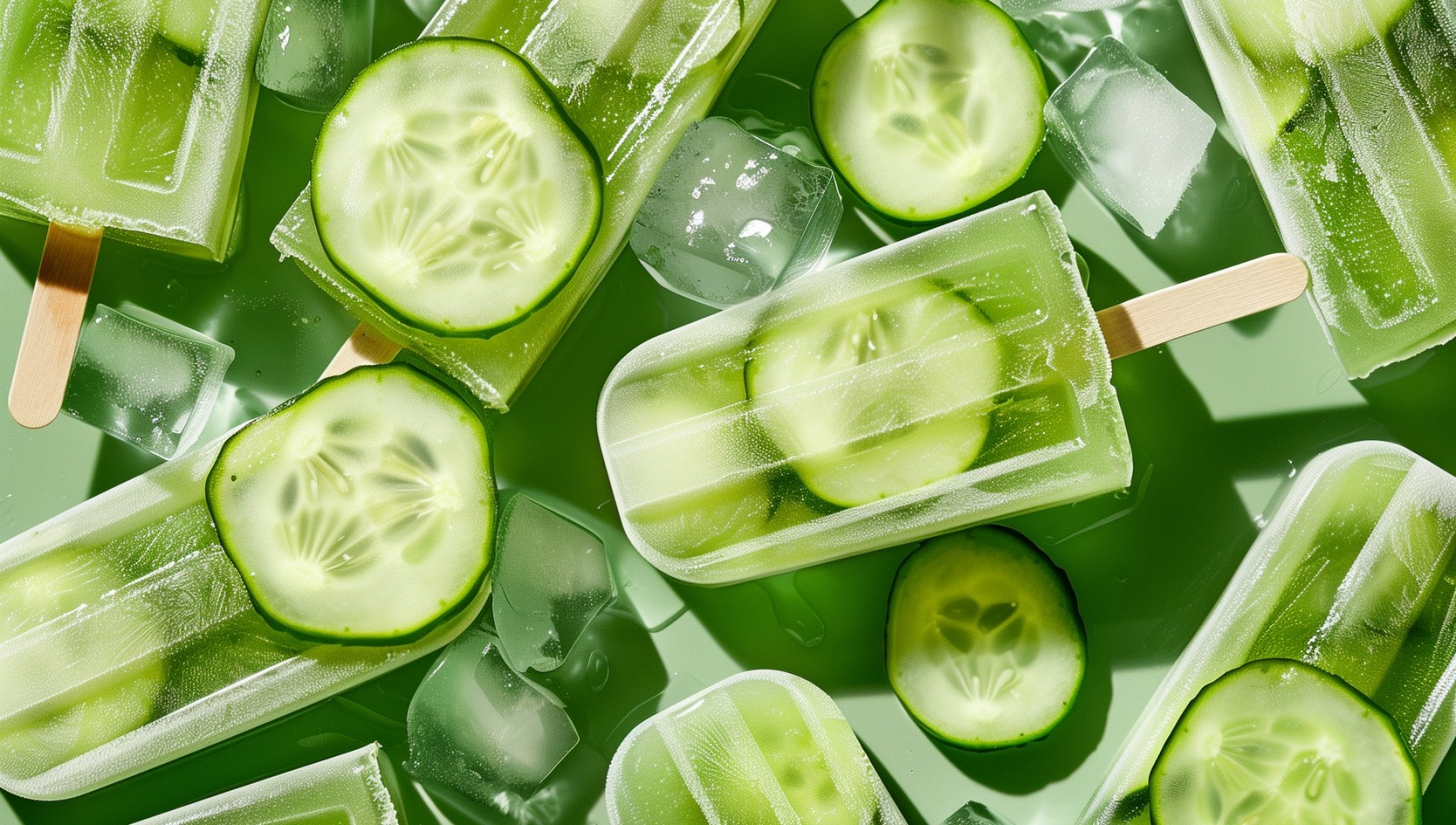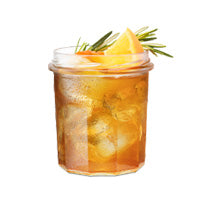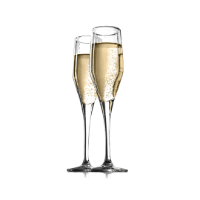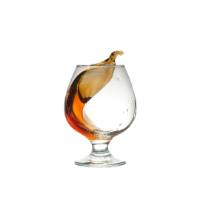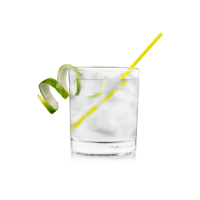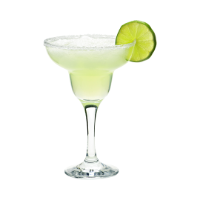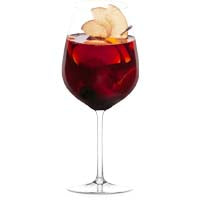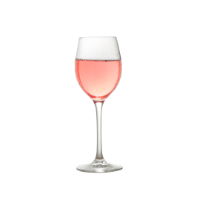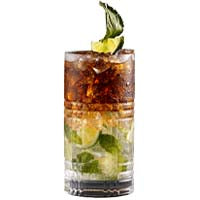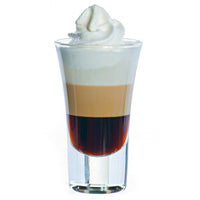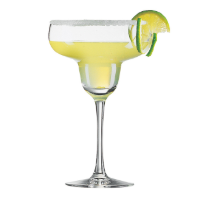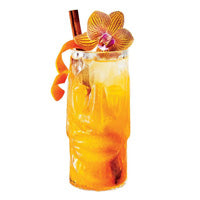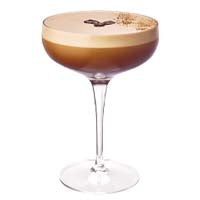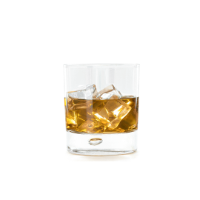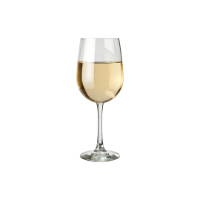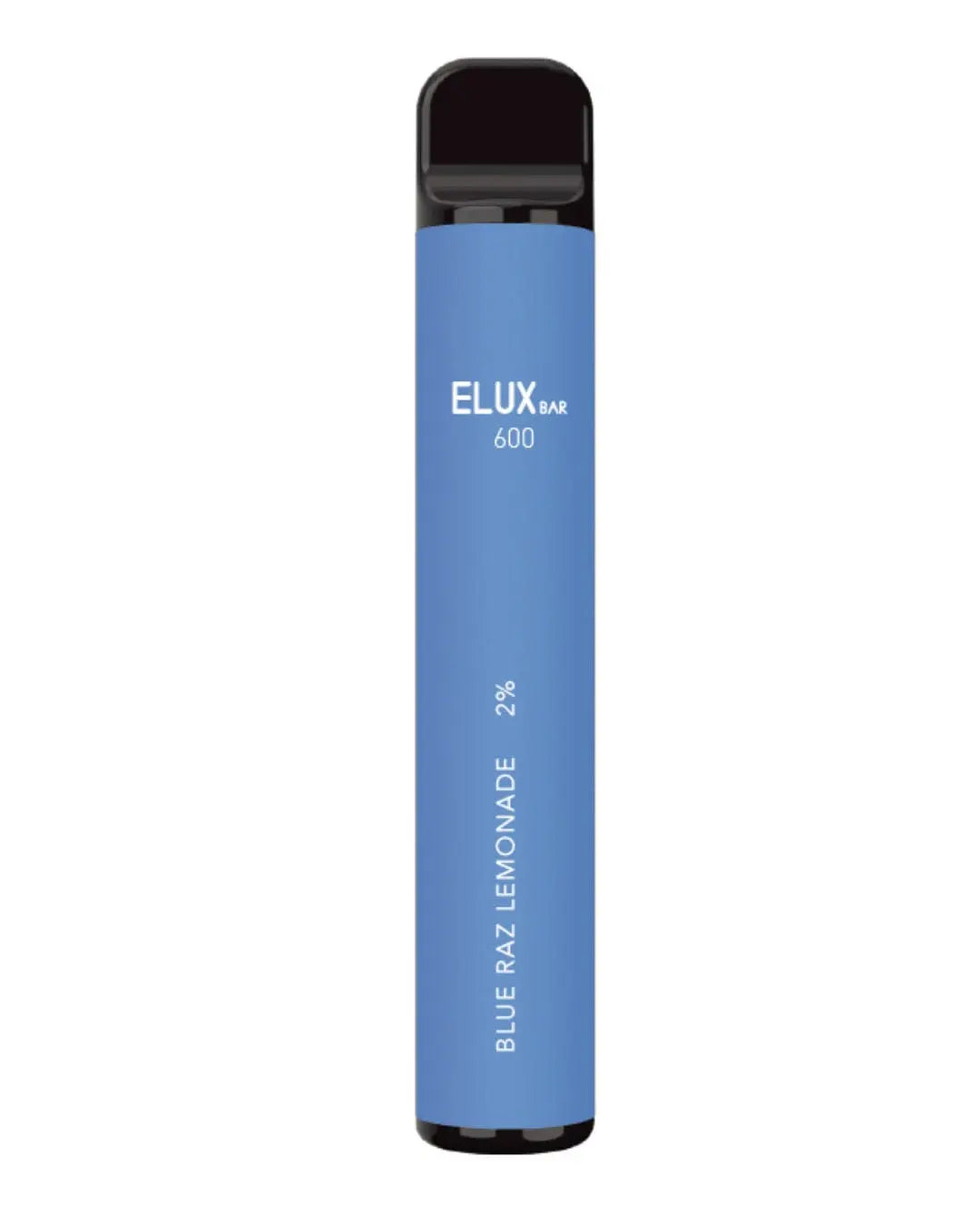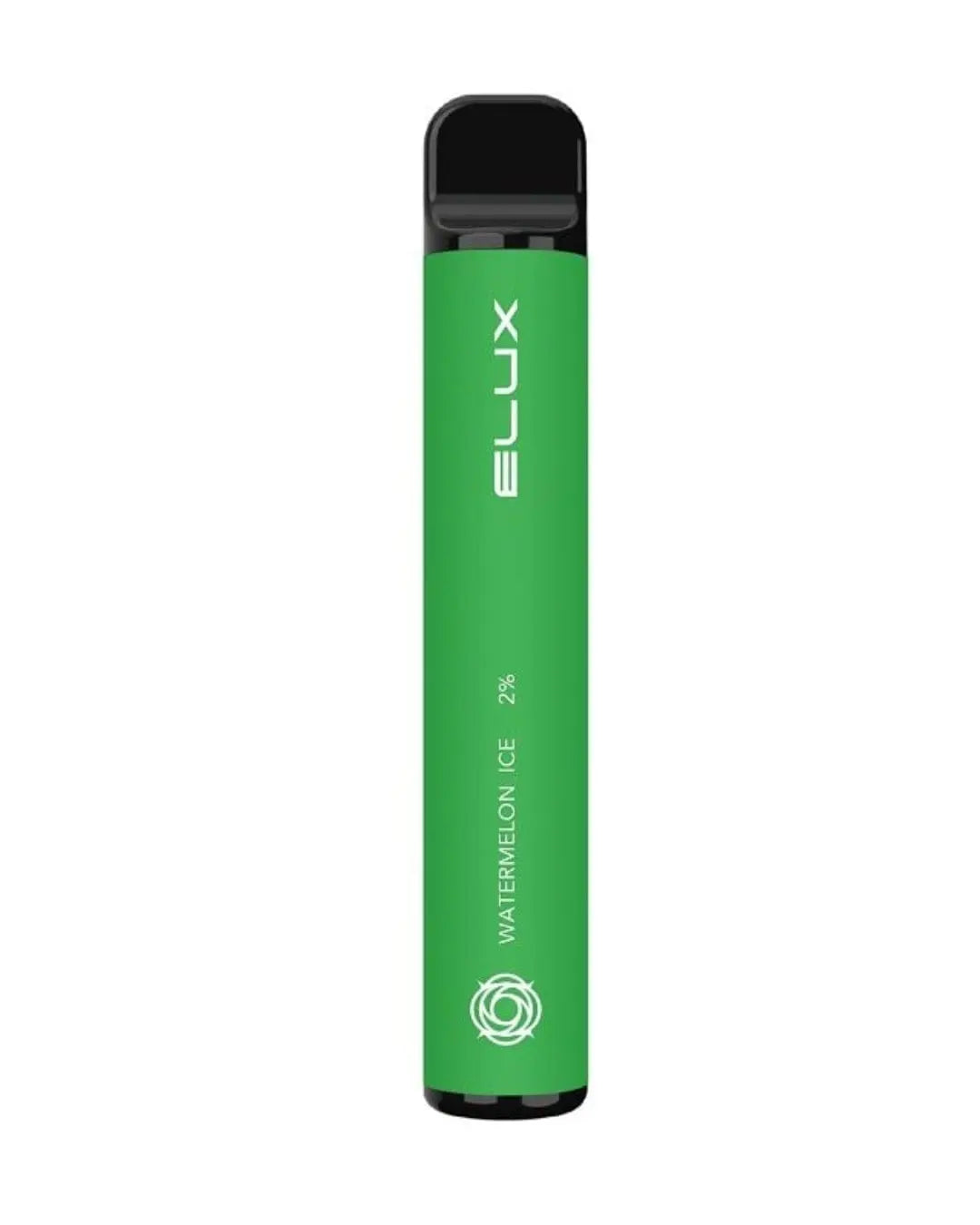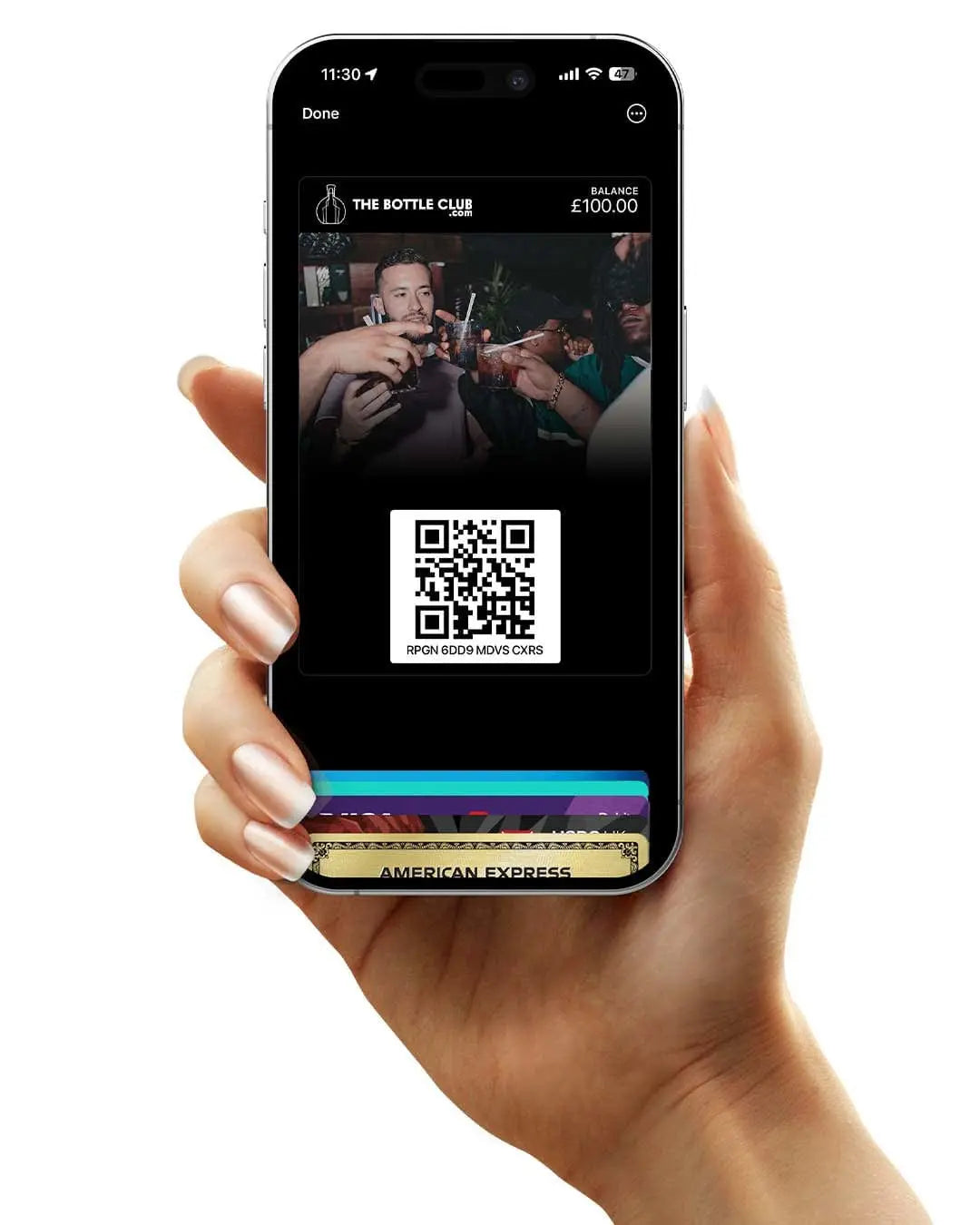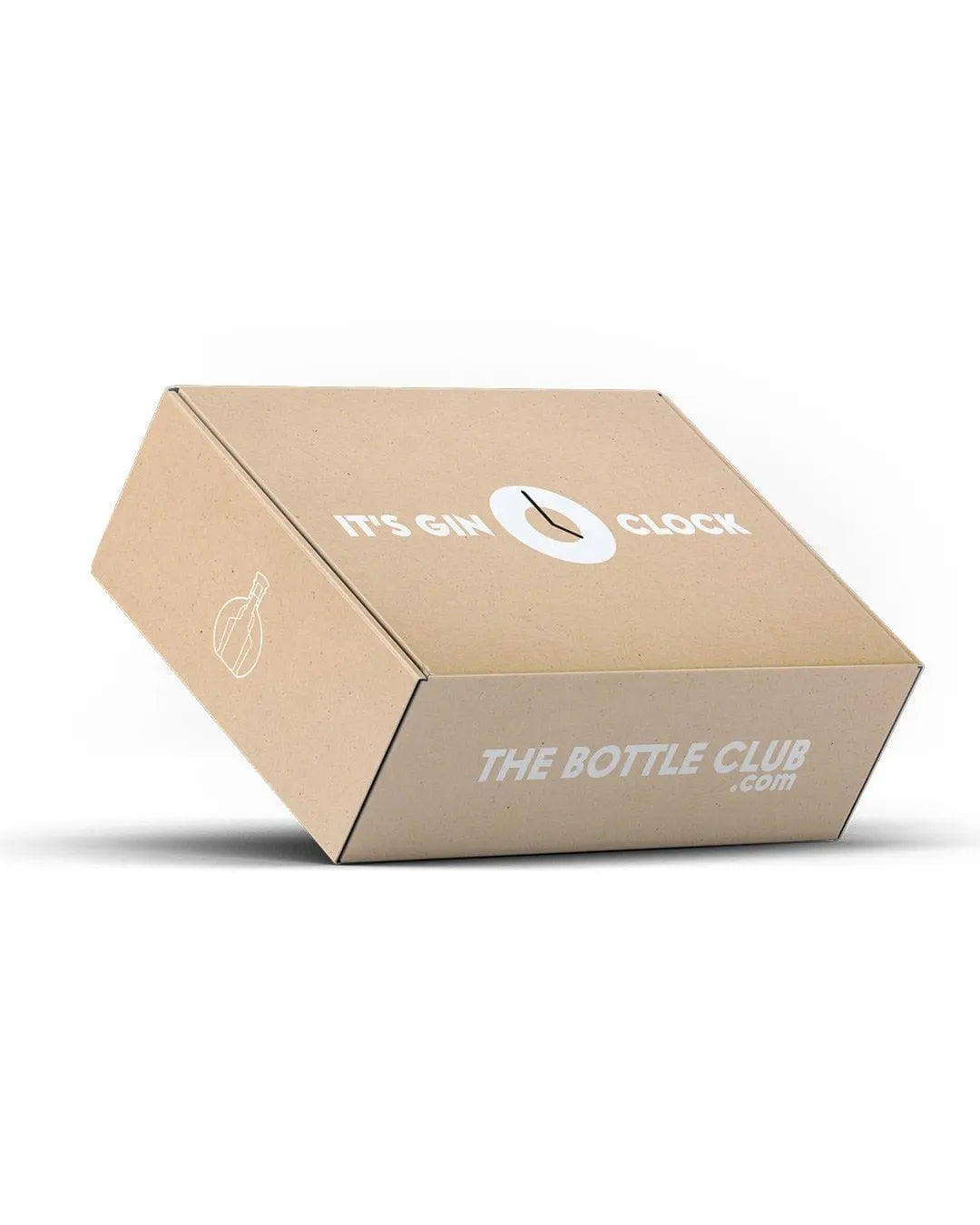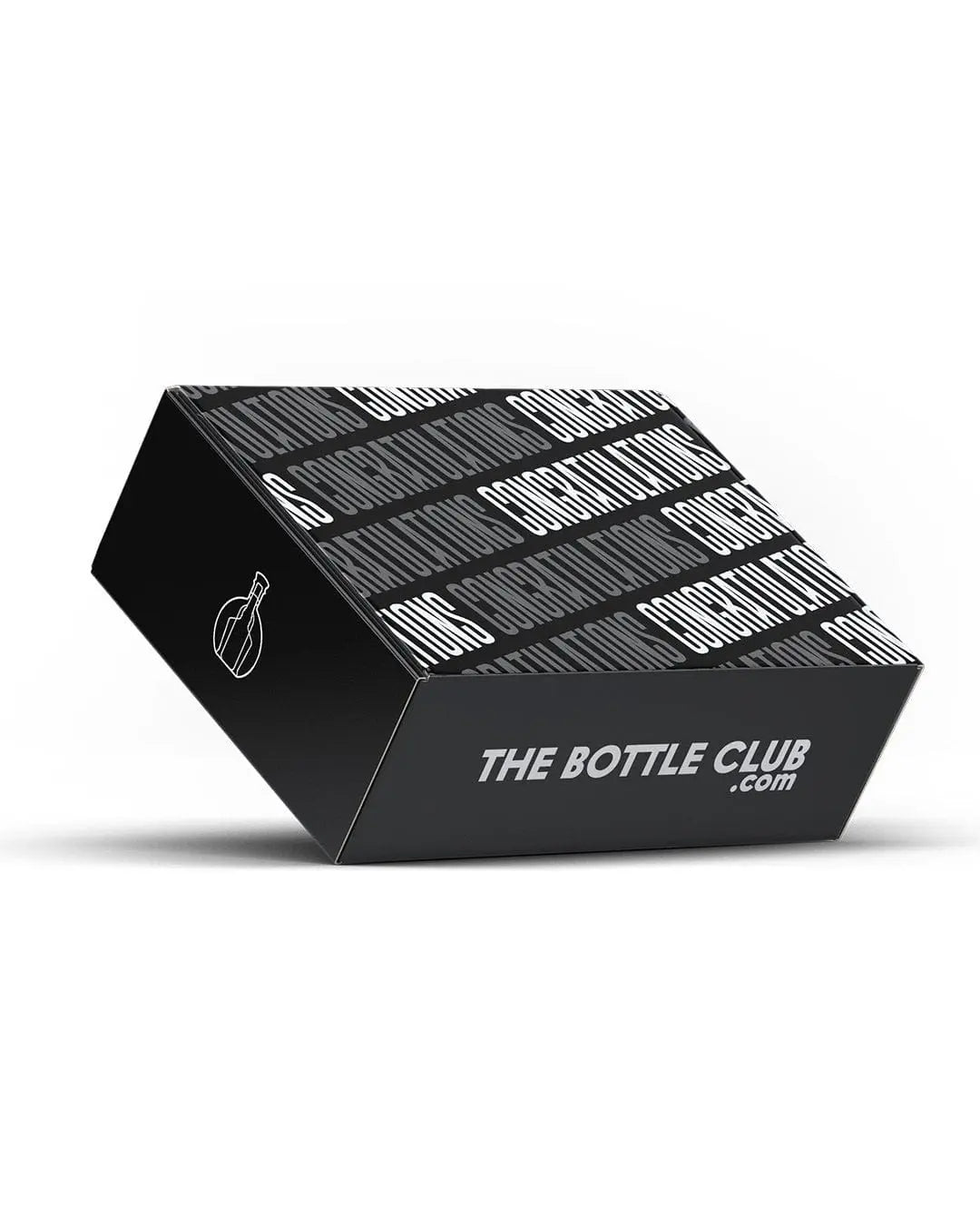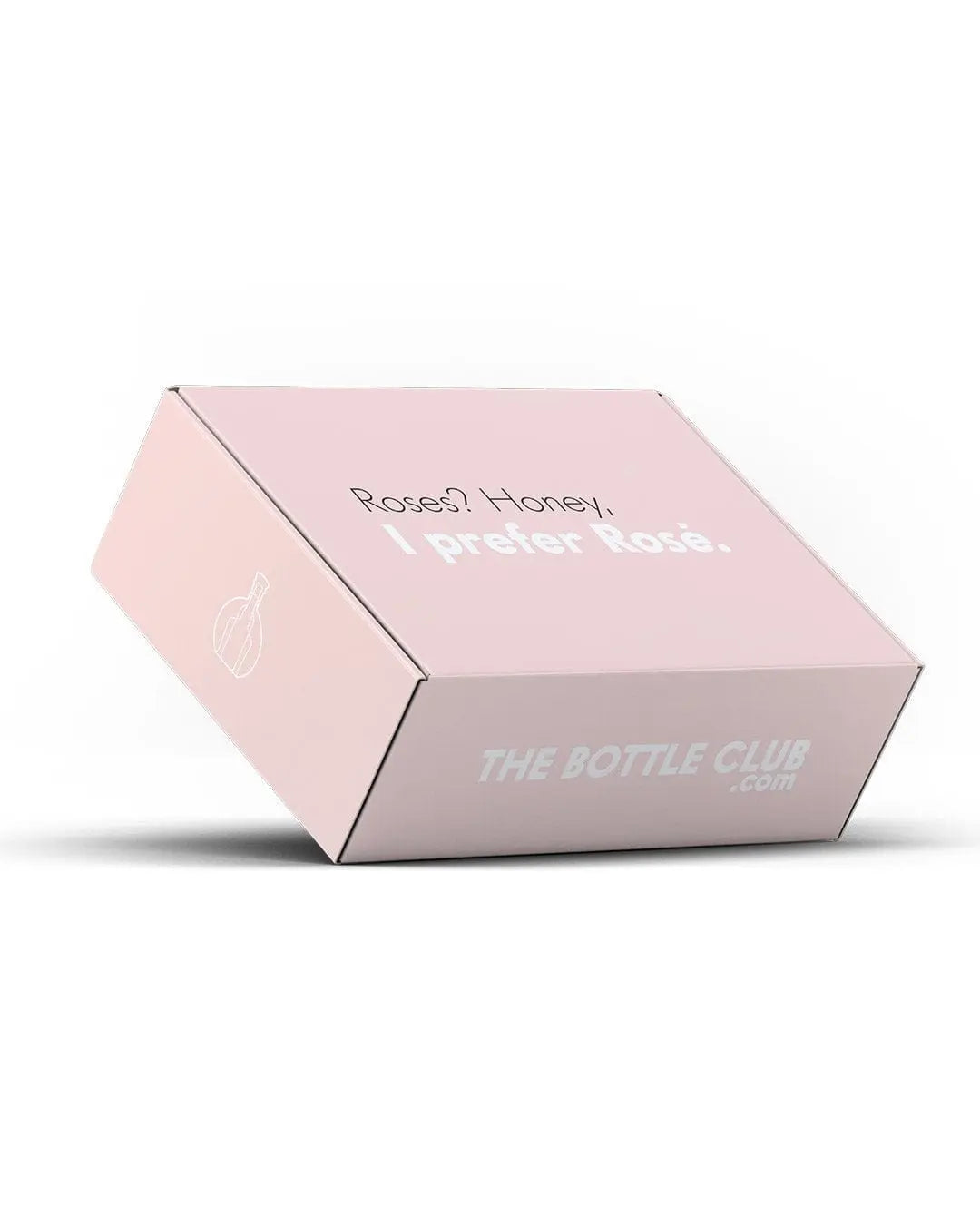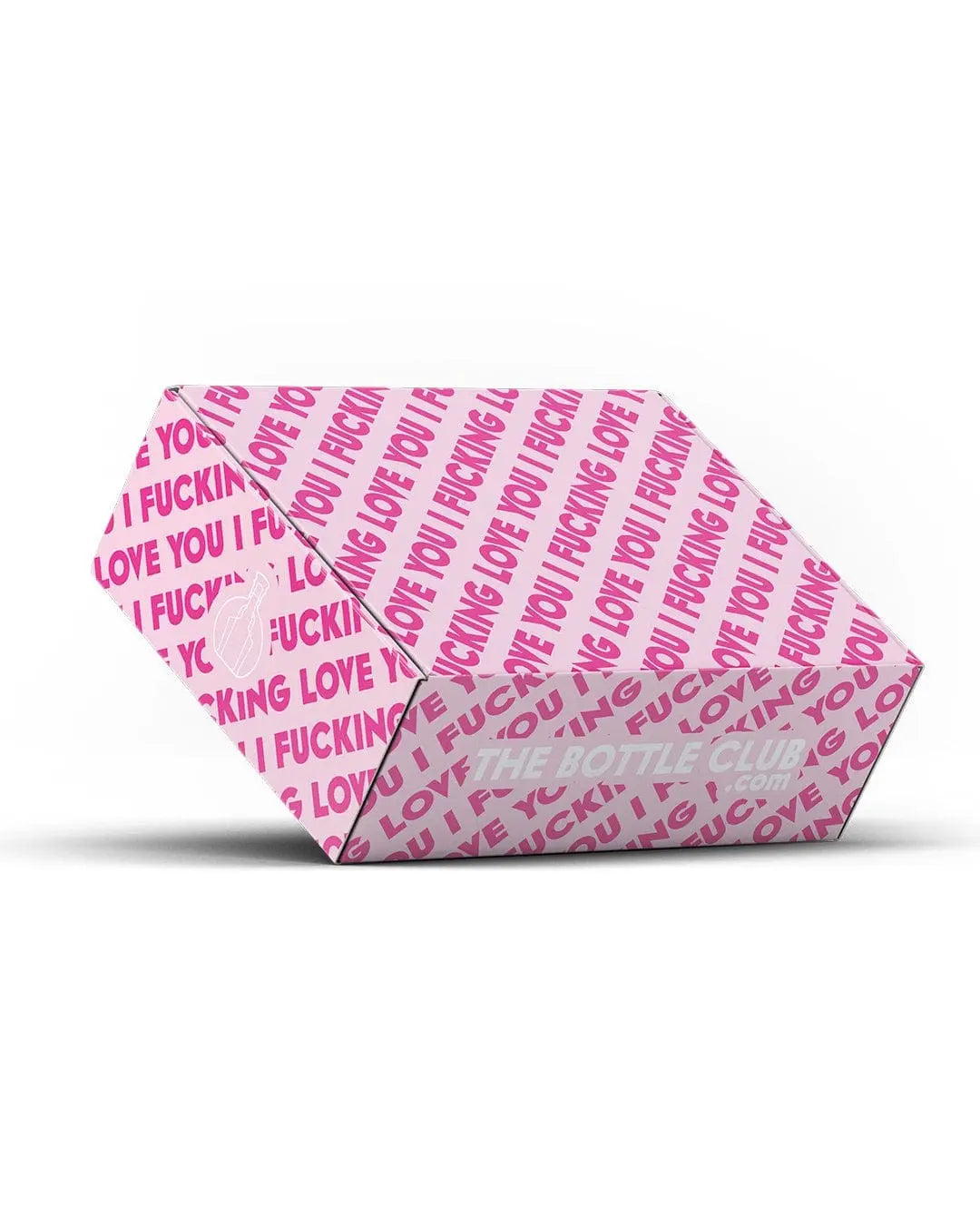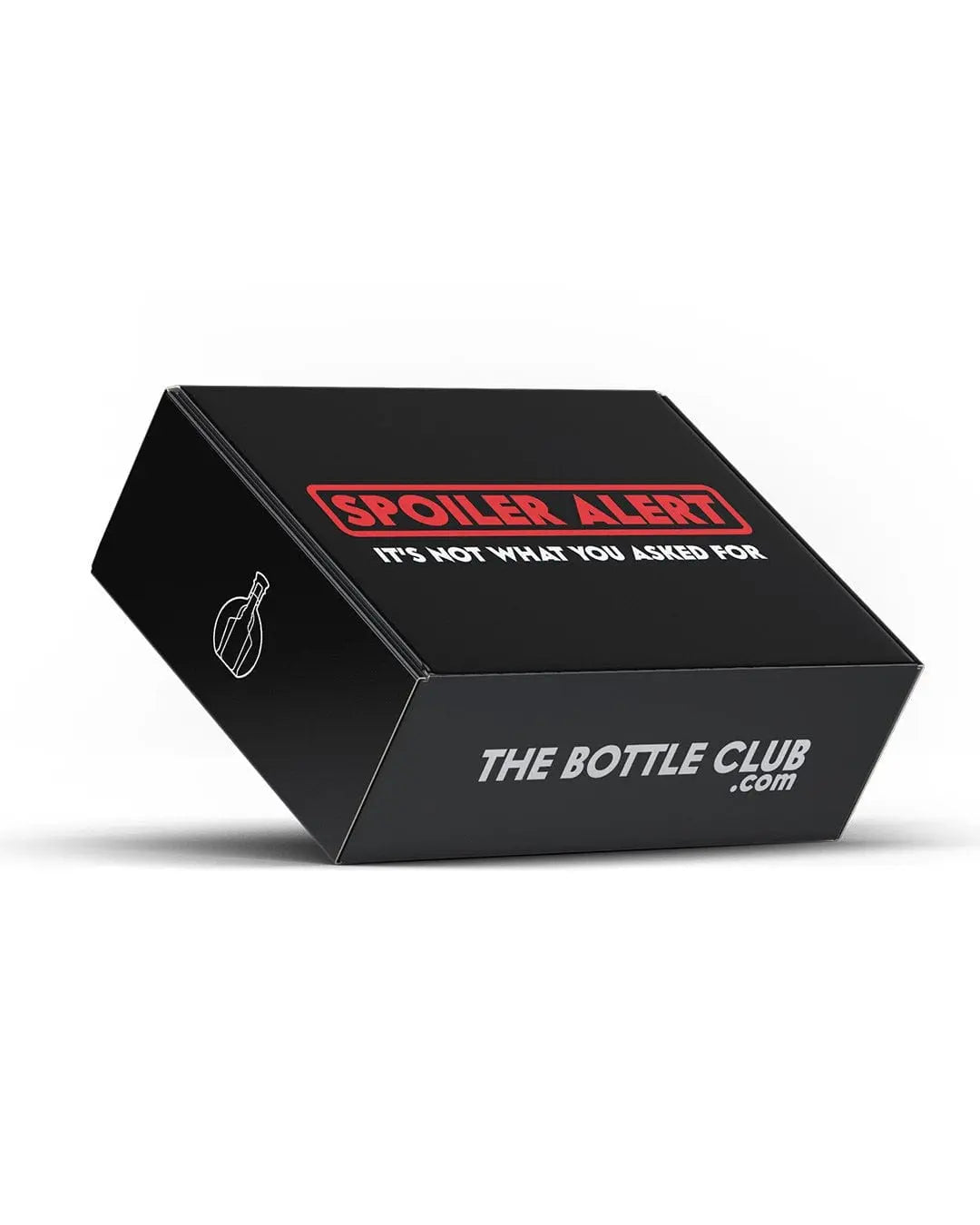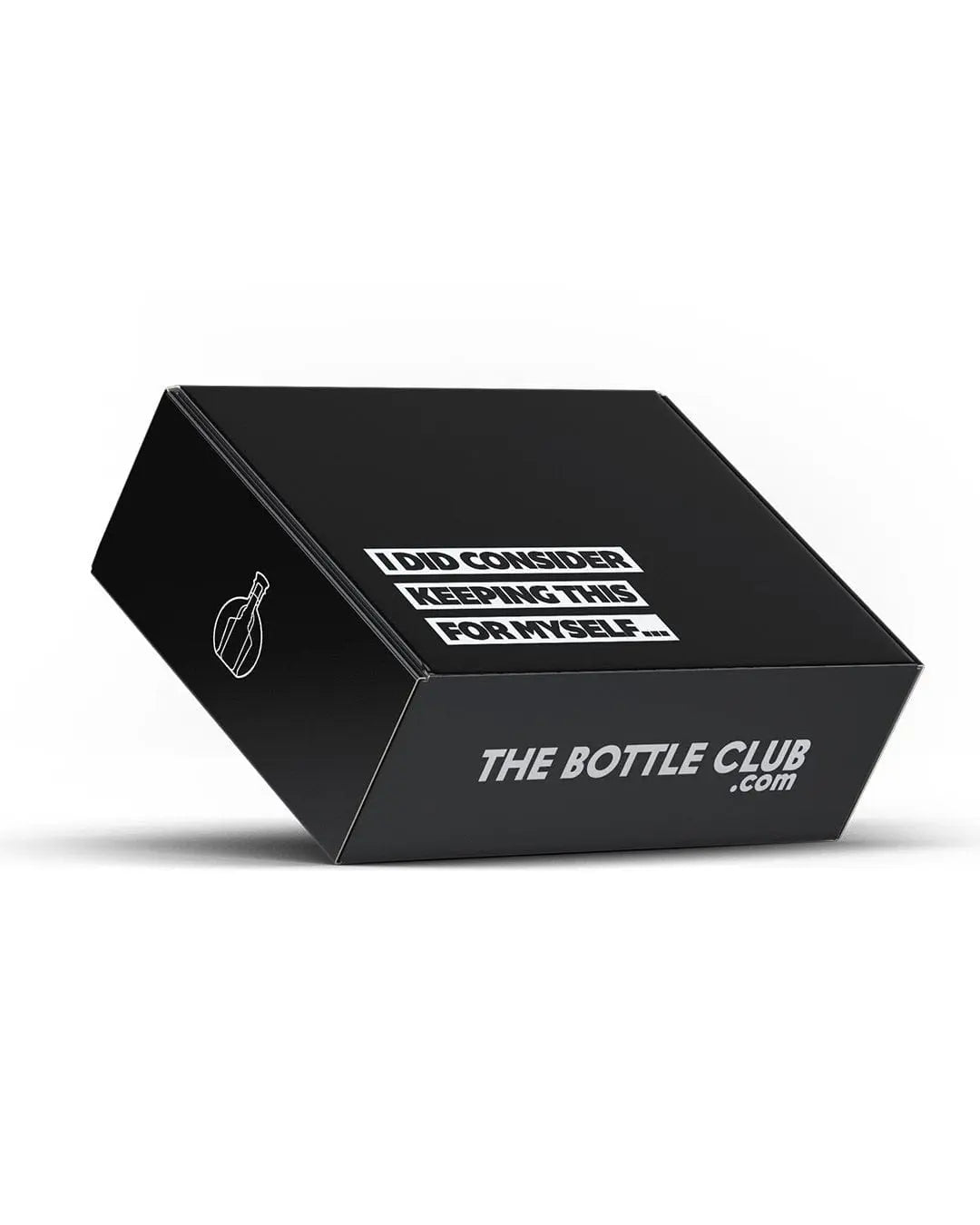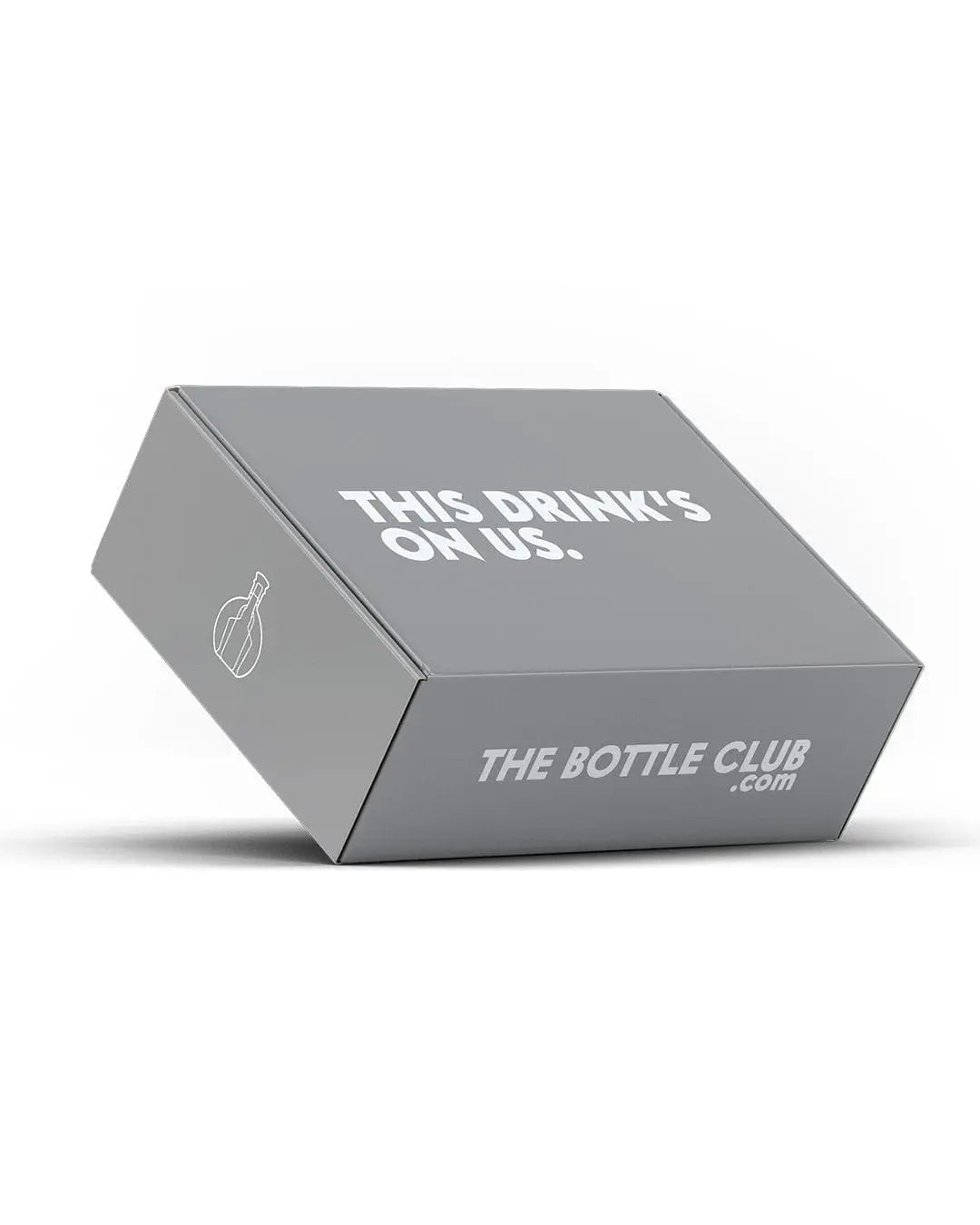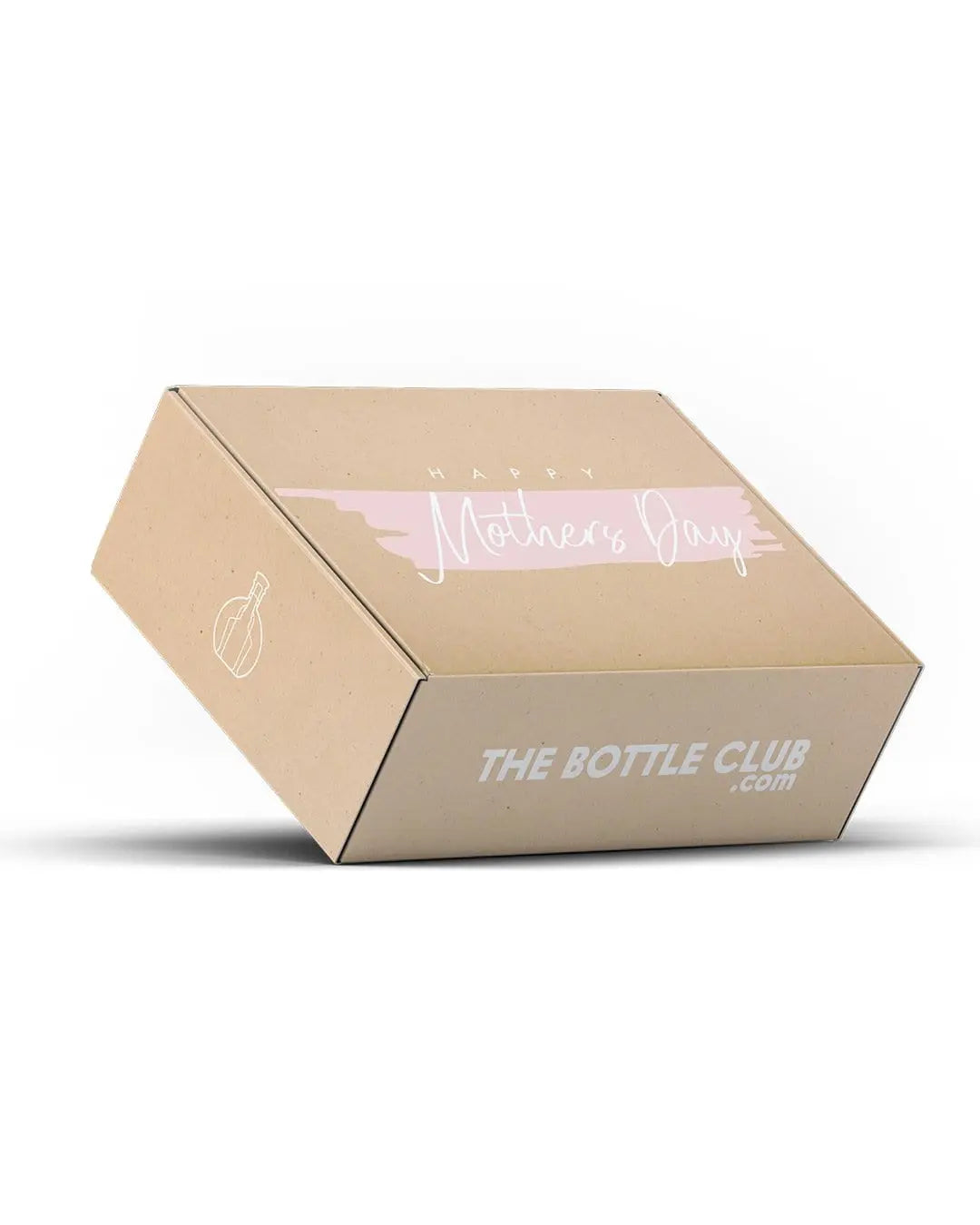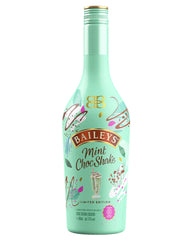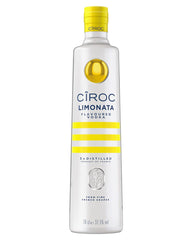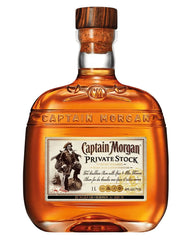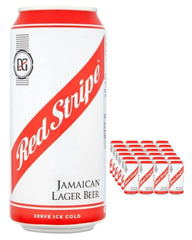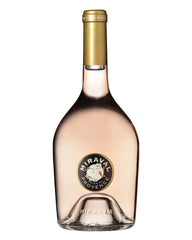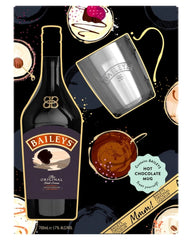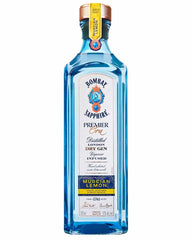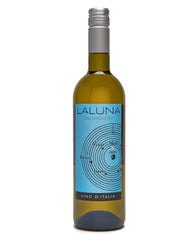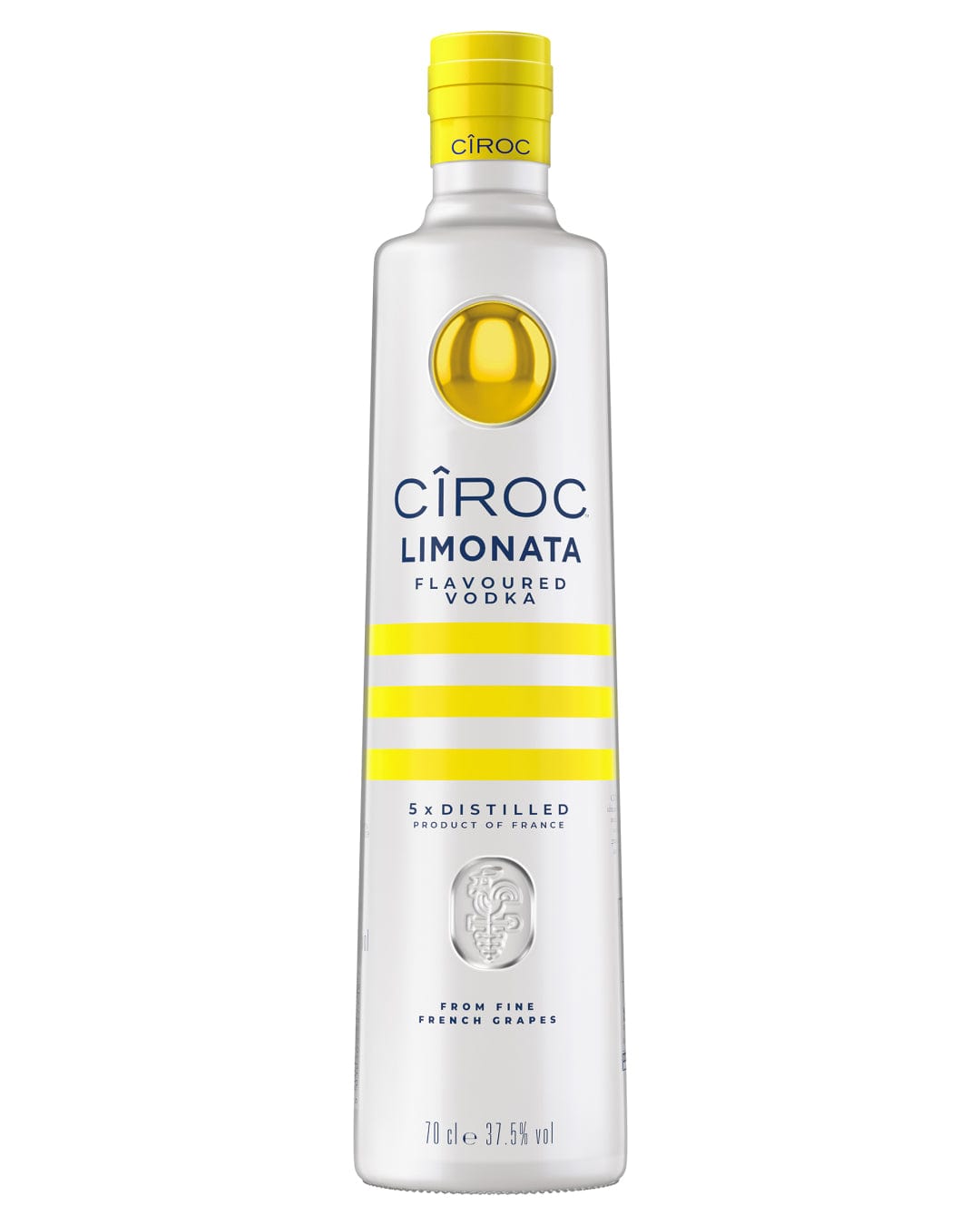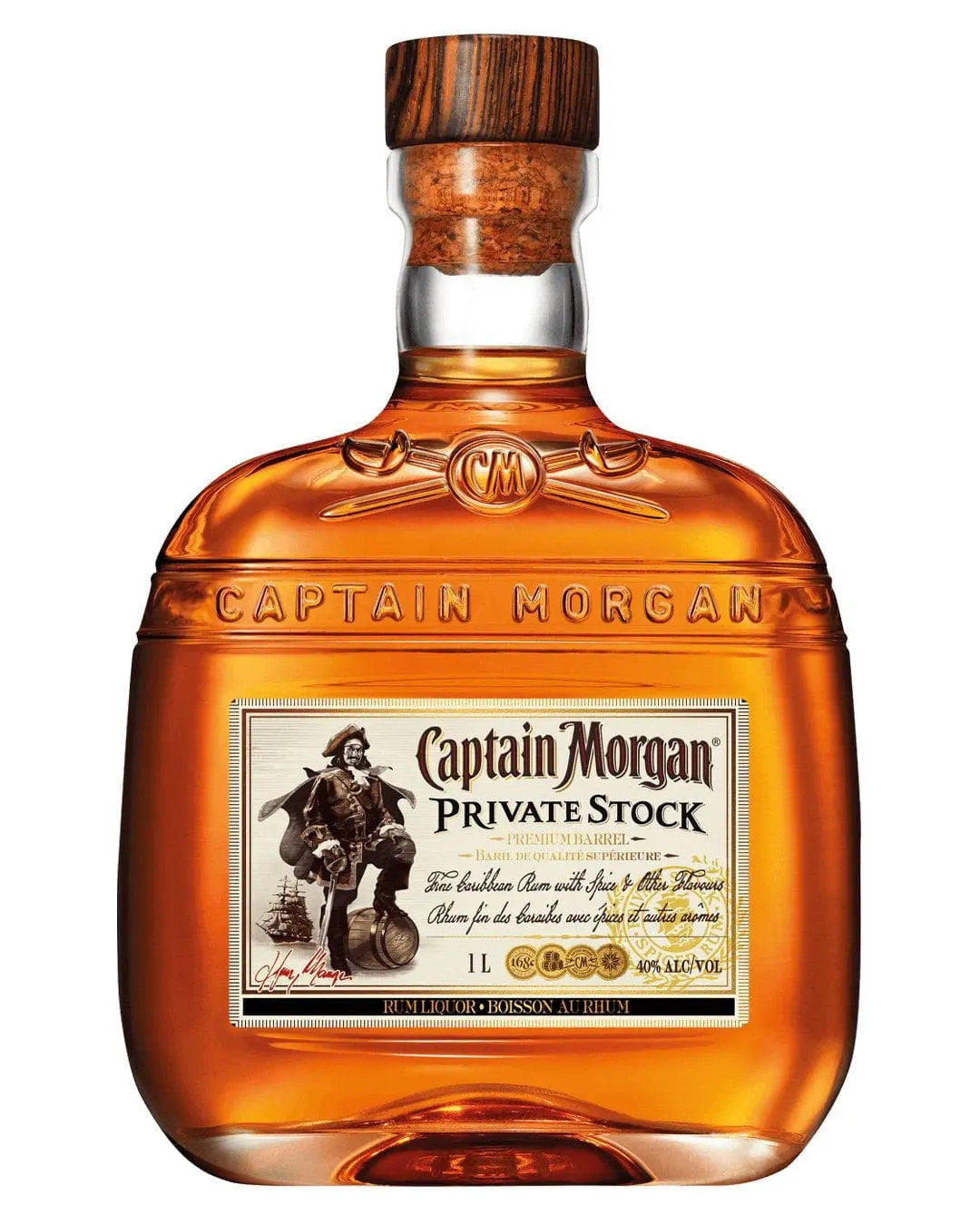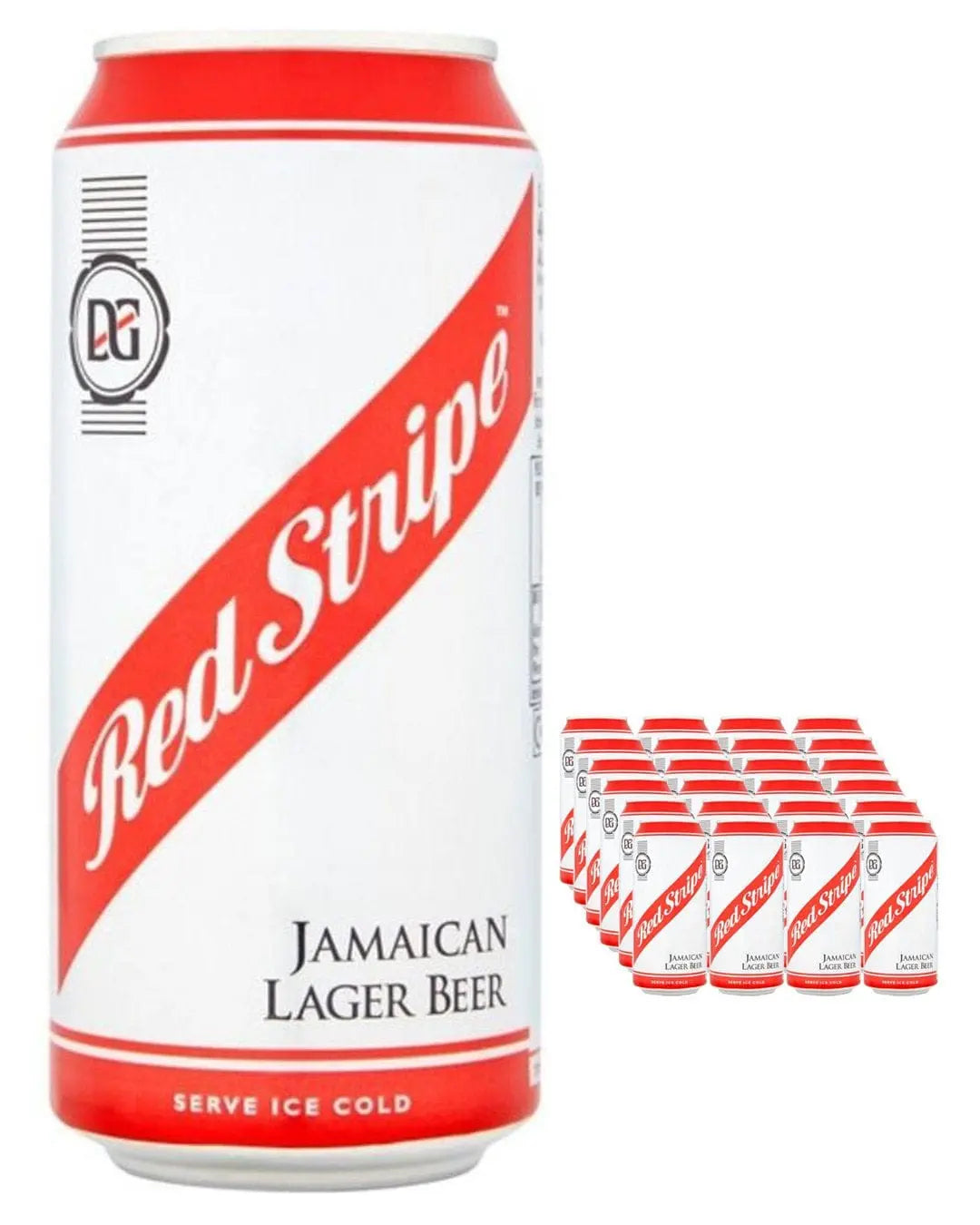The Ultimate Guide To Fizz For The Festive Season
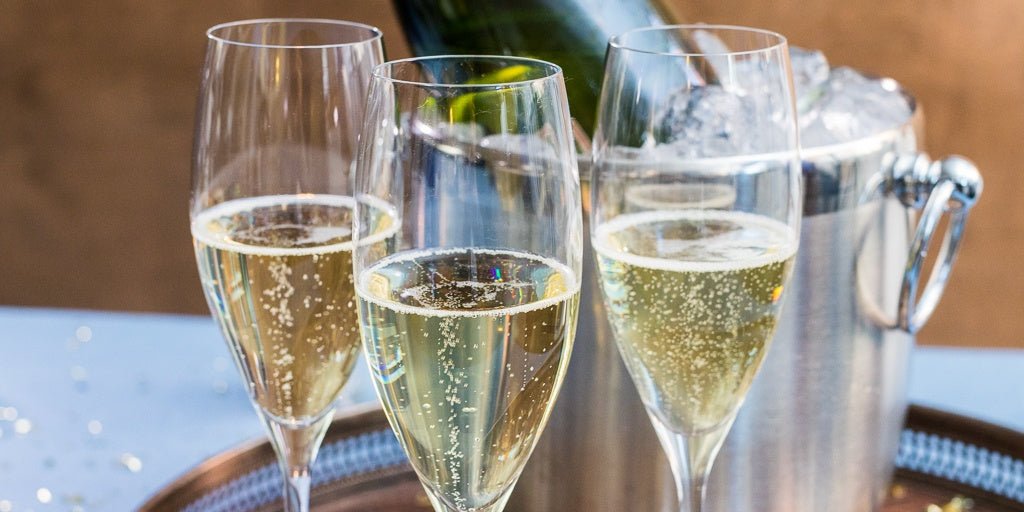
Christmas is the perfect excuse to pop some corks and get a bit 'merry'. To help you kick-start your celebrations we've come up with the ultimate guide to fizz just in time for the festive season!
What temperature should I chill my champagne too?

One of the biggest questions when it comes to champagne (or any fizz for that matter) is temperature, we all know it should be chilled but for how long to get the ideal temperature?
We recommend you leave your fizz in the fridge for at least 2 hours, or if time is of the essence fill a bucket with ice topped with water and leave to cool for 15 minutes.
How should I pour champagne?
Too many times do we see champagne being poured badly - do it wrong and you end up with a glass full of foam. There's an art to pouring bubbly and we're here to spill the beans!
To avoid a glass full of foam trying to position the bottle at an angle when pouring - the ideal angle is 45 degrees but we won't ask you to dig out your old protractor.
Next tip - make sure you keep the flow slow and steady, to encourage the bubbles to form around the sides of the glass and settle as you finish pouring.
Which champagne glass shape is best?

Flute, tulip or coupe? Three different glass types all intended for bubbly, no wonder you're confused! Worry not, we're gonna tell you what you need to know so you can make an informed choice (and sound super knowledgeable to your friends!)
The Coupe (or champagne saucer as you might know it)
This glass has a wide and shallow bowl and is the classic glass for champagne, proving popular in the early 20th century which is why you probably associate with Great Gatsby! Although this is the OG champagne glass and has a timeless design, popularity-wise it's been taken over by the flute.
Why do you ask? Well as champagne standards have increased (moving away from the extra sweet champagne of the 20s) the shallow bowl hasn't been the best tool, with such a big surface area exposed to air the bubbles and aromas quickly dissipate making for a poor champagne experience. So unless you enjoy drinking your champagne quickly or prefer it flat this glass may not be the one for you.
Conclusion: Although iconic and brilliant for creating a certain aesthetic this glass doesn't look over substance for modern bubbly.
The Flute
Possibly the icon for champagne in the modern world, this is the glass you're likely to see everywhere, with its tall thin bowl and long step you can't help but associate it with sophistication.
If fizzy champagne is your thing this is the glass for you. This glass is designed to give more 'oomph' to your drink, producing more bubbles as the shape encourages the bubbles to form at the base and rise up quickly. However, that isn't to say the flute shape doesn't have its flaws, the lack of air space at the top of the glass can mean that aromas are lost. This glass is made to retain carbonation but in doing so it restricts the development of the wine.
Conclusion: Although now the 'standard' glass when it comes to bubbly this glass doesn't allow the liquid to develop and therefore is best suited to younger wines.
The Tulip
Whilst not as popular as the two glasses above, the flute shouldn't be overlooked. With similarities to the shape of the flute, the tulip has a great bowl space. This glass acts in a similar manner to the flute due to its slim base allowing lots of bubbles to form, however, due to its widening and then narrowing bowl the bubbles are directed to your tongue rather than ending up your nose!
Thanks to it's wider bowl the tulip allows what the flute restricts, for the liquid to develop and a preservation of aromas.
Conclusion: Possibly the most well rounded of champagne glasses, and especially good for older wines that require more time to develop to be fully appreciated.
How do I keep my Champagne bubbly?

When you pop open that bottle of fizz, you want it to remain fizzy until you've consumed it - after all it's called fizz not flat.
Now whilst we would ideally recommend a champagne cap, we know that there isn't always one lying around, so if you find you've let your bubbly go flat try dropping a raisin into the glass. The carbon dioxide will stick to the raisins ridges and release them back into the glass. Or just drink the bottle quicker next time!
How many glasses in a bottle of champagne?

When it comes to working out how many bottles you need you may be at a loss, let's face it how often do you count how many glasses a bottle fills? Well, we've got the handy guide so you don't let anyone go empty handed this Christmas!
A Standard bottle will serve - 6 glasses
A Magnum bottle will serve - 12 glasses
A Jeroboam bottle will serve - 24 glasses
